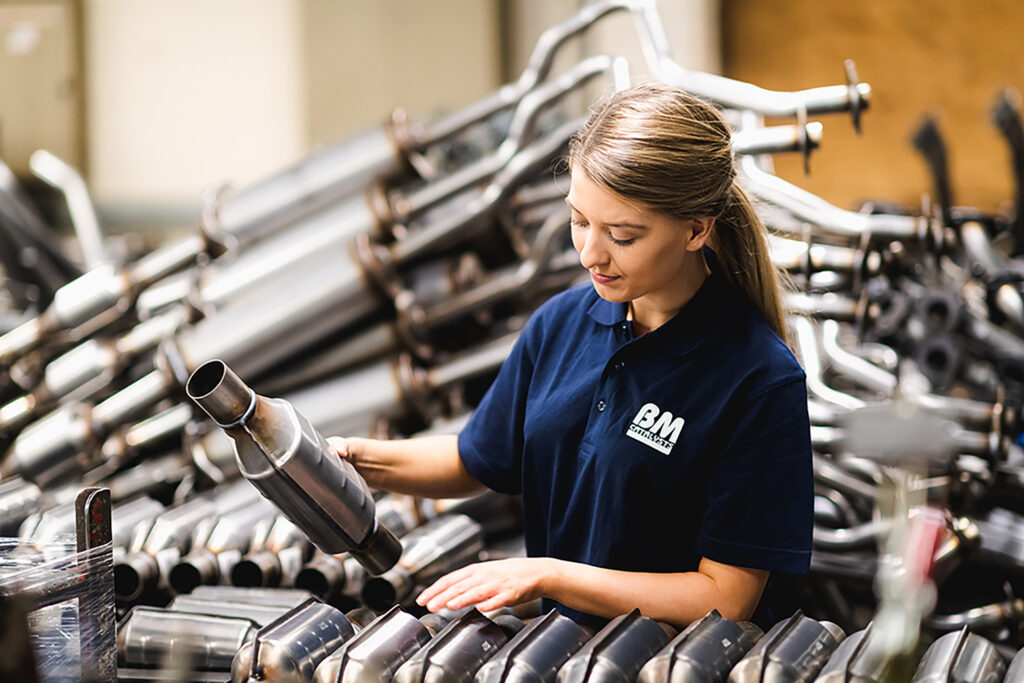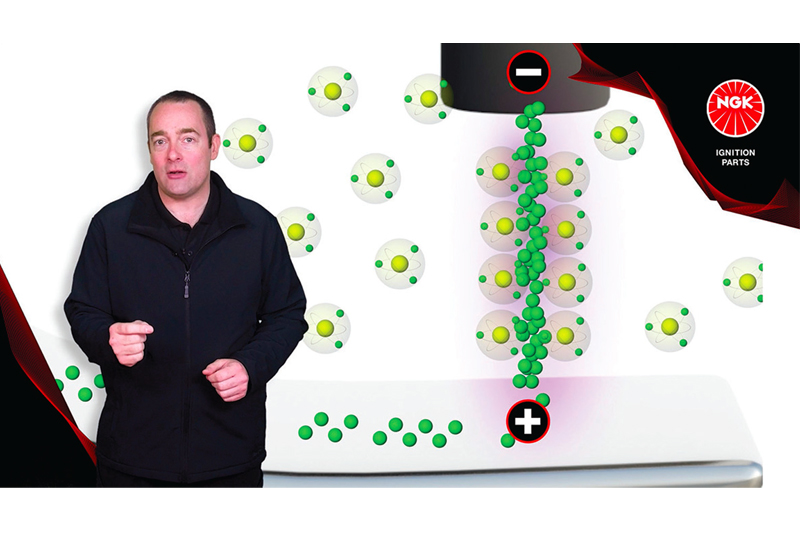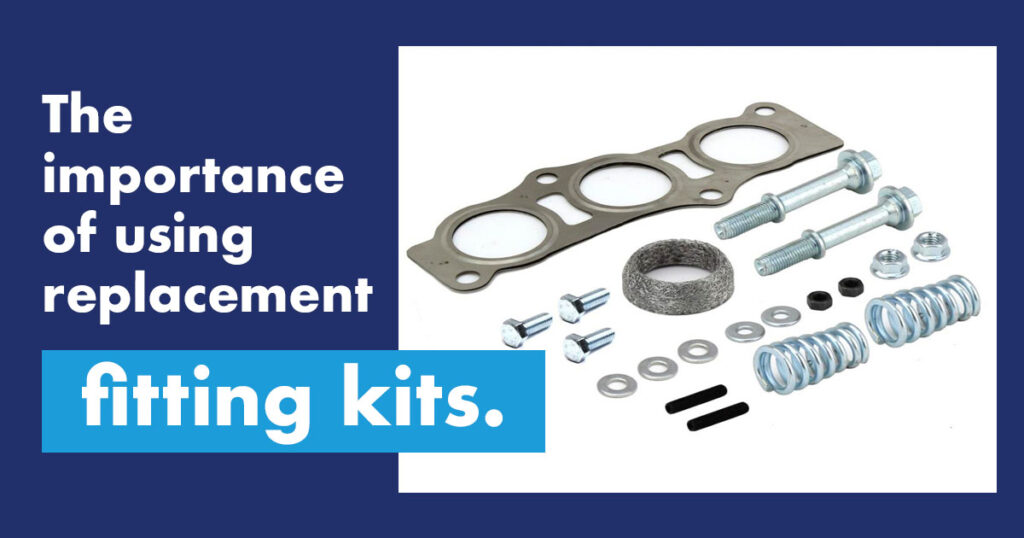General
The LCV suspension system needs to provide a safe, durable, and heavy-duty construction to cope with the occupants and/or goods that are transported, all while providing the highest possible level of ride comfort. The challenge here lies in the extensive configuration choices, meaning that the vehicle’s suspension needs to be constructed to manage a wide range of load conditions. During the development phase, the suspension needs to be tested empty, partly loaded, or fully loaded, meet the technical requirements, and comply with the existing legislation for all load conditions.
Almost all LCV manufacturers use either a conventional coil set-up or a leaf spring configuration in their suspension systems. The advantage of using coil springs is that it provides more overall comfort, whereas a leaf sprung suspension, due to its progressive nature, can cover heavier load.
Compromise
The compromise LCV manufacturers need to make is inevitable because the suspension solution needs to be suitable for both an empty as well as a fully loaded vehicle. Therefore, suspension solutions are developed for average loads, providing the maximum possible comfort when empty and at the same time providing necessary safety and stability for a fully loaded vehicle. Consequently, the suspension can be too strong, making the ride harsh and uncomfortable for an unloaded vehicle. On the other hand, the suspension is too weak for permanently loaded vehicles, overstressing the suspension in the long-term, causing premature wear of the steel suspension and an uncomfortable driving experience.
When configuring the vehicle, a buyer sometimes has options that can be chosen to optimize its application use like a reinforced chassis. However, these features only offer small adjustments since the vehicle must still safely drive when empty.
Driving on the limit (permissible weight)
Given that a chassis and suspension are designed for an average load, the higher the load capacity the bigger the “challenge” for the original suspension’s ride and handling capabilities. Even if a buyer knows he will often or always exceed this average load, they still need to rely on the “standard range of suspension” offered by the vehicle manufacturer and select the correct base vehicle as a start.
A perfect example of this is a motorhome, which will never be driven with the empty stock weight value specified by the vehicle manufacturer as a van or flatbed. Accordingly, the empty weight of the finished motorhome is much higher, and the remaining payload is limited, because the permanent load of the motorhome configuration is added to the chassis.
The solution
What the vehicle needs if the average load is (almost) always exceeded is an increase in load meaning additional permissible total weight to generate more payload. A reinforced conventional spring could be a cost-efficient solution, but it remains a compromise since it has a fixed value of strength. Consequently, this set-up will hardly ever be ideal, making the suspension still too or not harsh enough depending on load conditions.
Air helpers offer an adjustable solution to manage cases of more permissible gross weight or an increase in the maximum permissible axle load. First, the spring reinforcement optimizes the suspension, increasing the safety and usability of the vehicle. Air helper springs are the most convenient and flexible solution because no matter if the vehicle is empty, permanently partly loaded or always fully loaded, it always has the capacity of providing the best possible drive comfort and maximum safety and stability! Second, since the suspension is not overstressed, air helper springs eliminate premature wear and tear and improve drivability, increasing the vehicle’s lifespan. Other advantages are the adjustability for uneven load and manual leveling when parked, the latter one being a big benefit for motorhomes.
Arnott air helper springs
Arnott Air Helper Springs are designed and engineered to complement your suspension, preventing it from sagging with increased payload and providing extra stability and increased ride comfort. Like our replacement air springs, all air helper springs are designed and tested in the USA or in the Netherlands and use only the highest quality components. With 35 years of experience in engineering suspension and air springs, the designs are optimized to create an easy-to-install product with fewer pneumatic connections to minimize the risk of leakage.
Arnott’s latest release, an air helper spring kit for the 2006-current Fiat Ducato/Citroen Jumper/Peugeot Boxer (AH-4471), makes it possible to achieve a gross weight of 4090kg while rear axle load can be increased to 2240kg for the 15” (stock wheel size) light chassis. Increasing the permissible total weight requires additional national approvals in some countries. Therefore, Arnott offers its air helper springs with TÜV certification.






















